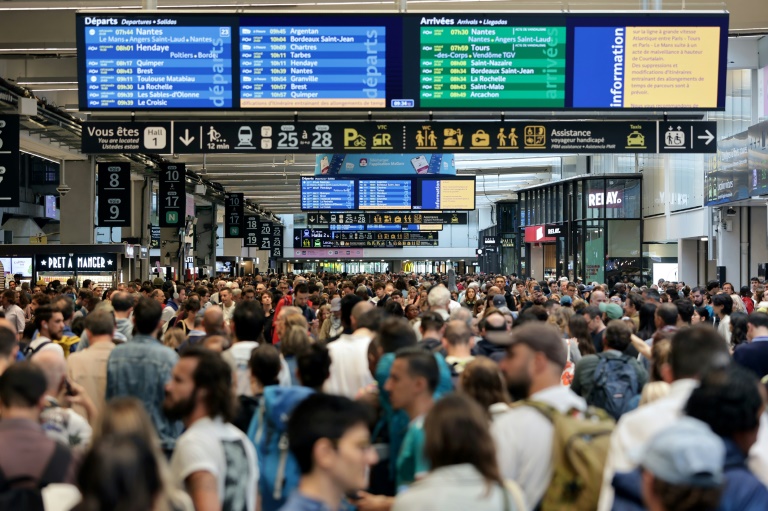Netflix has spent years trying to adapt Japanese manga and anime into live-action TV with little success, but its latest effort, “One Piece”, may finally have cracked the code.
The US streaming giant’s latest show, based on the most famous manga comic of them all, was watched more than 18 million times in its first four days, putting it at the top of the charts.
The story of Monkey D Luffy, a boy with a straw hat and stretchy superpowers determined to become king of all pirates by finding a treasure known as one piece, has captivated manga fans since its first editions in 1997.
And it should have been a shoo-in for TV success, having already been widely adapted for the screen in a series of animated movies.
But manga fans feared the worst before the Netflix live-action version hit the screens in late August.
The American giant has tried and failed with other beloved Japanese manga and anime.
Its “Fullmetal Alchemist” and “Death Note” failed to convince in 2017 and 2021’s “Cowboy Bebop” was ditched after one season, crumbling under the weight of bad reviews.
With One Piece, Netflix cannily sought to keep fans onside by holding on to the most valuable commodity: the comic’s author, Eiichiro Oda.
Oda is tightly bound to the comic, having written all the editions for its entire run — a world record — and was brought on as series supervisor by Netflix.
He was well aware of the challenge.
“Various manga had been made into live action, but there was a history of failure,” he told the New York Times in a rare interview published in late August.
“No one in Japan could name a successful example.”
He told the paper that Netflix agreed to give him final approval.
“I read the scripts, gave notes and acted as a guard dog to ensure the material was being adapted in the correct way,” he said.
Reviews have been broadly positive, with Charles Pulliam-Moore writing on The Verge website the series “gets all of the important things right”.
He wrote that the series, with a budget of more than $100 million, had put huge efforts into re-creating Oda’s vision in its production design and populating its scenes with a cast of whimsical background characters.
This effort, he wrote, meant the series “is able to feel like a living, breathing place with history that you can step into”.
And that history still has much left to be told — the first run of eight episodes covers only the first 12 volumes a comic that now boasts roughly 100.







